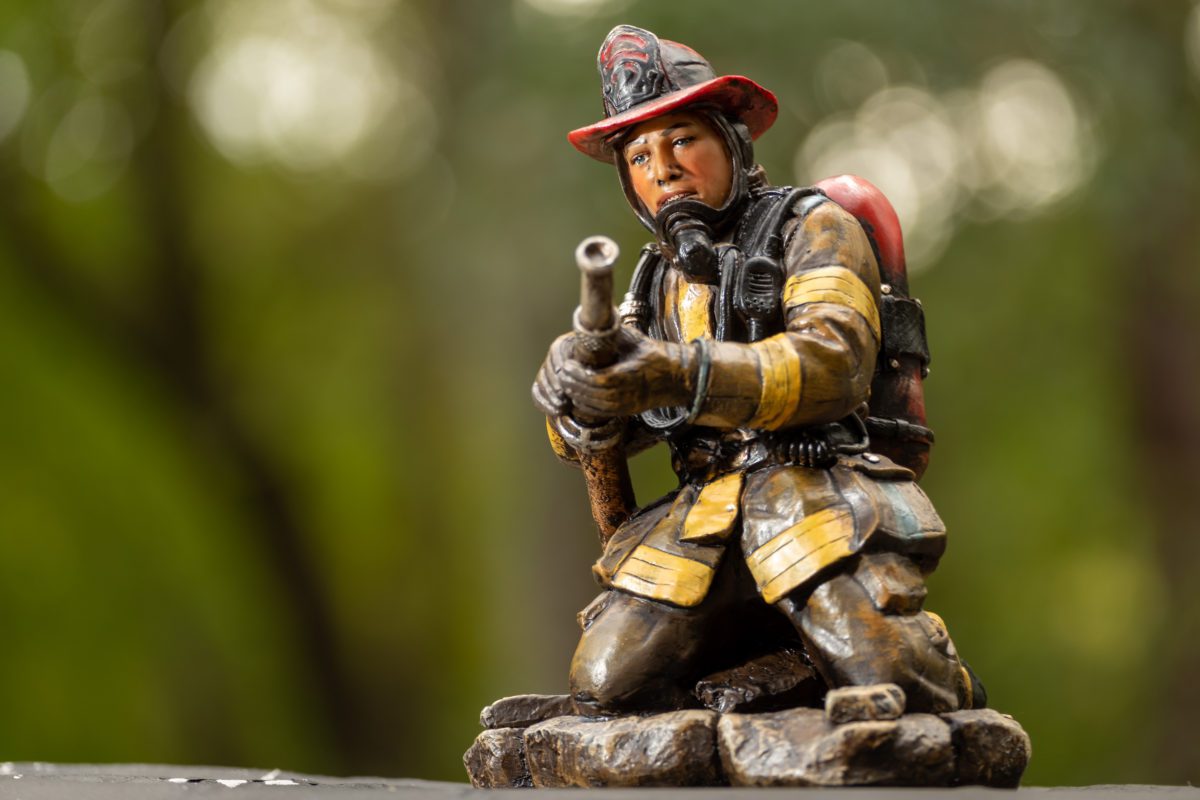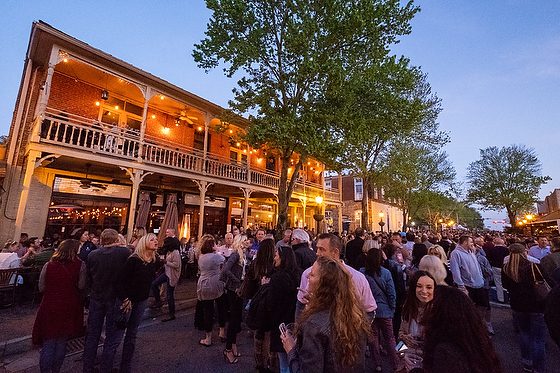
Keeping yourself fresh is vital if you work in this profession. I do this by taking a small camera with me wherever I go. I take a few photos here and there, and in the process, keep myself fresh for my professional jobs, where clients pay me.
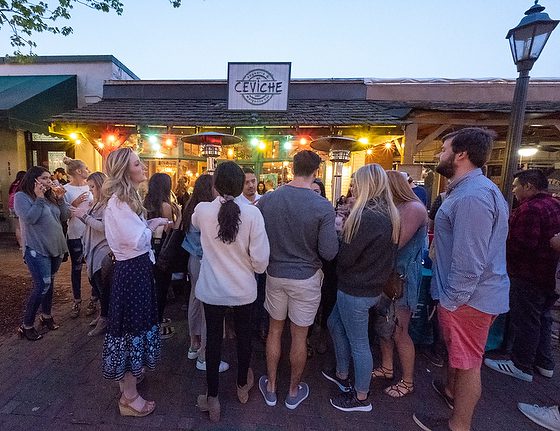
I have been teaching one-on-one with a person wanting to pursue photography. We started by shooting in full manual mode. The camera is set where the student must pick for each shot the following:
- ISO
- Shutter Speed
- Aperture
As we reviewed some of the photos taken since our last meeting, the images had significantly improved, but these photos of ducks didn’t work.

What had happened was the excitement of getting photos had them shooting before they had thought through all the settings.
When shooting the ducks, the person hadn’t considered which of those three settings took priority and why. I explained how birds are attracted to shooting sports. It would help if you froze them, or they would be blurred using the camera settings, before you took the picture of the birds.
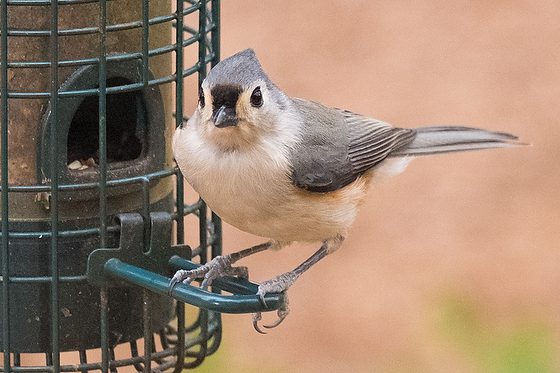
This is when I stopped and talked to the student about how you must slow down your camera settings just before taking photos. If you don’t do this, none of the images will be usable. “I was trying to get the birds before they flew away,” was the excuse. So not one of the photos was functional, but this became a teachable moment.

There was a teachable moment with my mentor. A few of my friends would also tell me later how this helped them.
In the days of film, you shot 36 shots, and then you had to change your roll of film. So, most photographers would reach into their bags and change their roll of film pretty quickly.
The problem is that when you change a film roll, you can make a mistake and not catch the leader of the film. If this happened, you would close the back of the camera, and because you were in a hurry, you took more photos, but none of them were recorded on the film because every time you advanced the film, it wasn’t moving.
I learned what to do from watching Don, not because he told me what he did. Don would turn his back on whatever he was photographing and change the roll of film. He would always turn the rewind lever to tighten the roll before advancing the film, ensuring it caught properly.
Once the film was changed, Don then turned around towards the action.
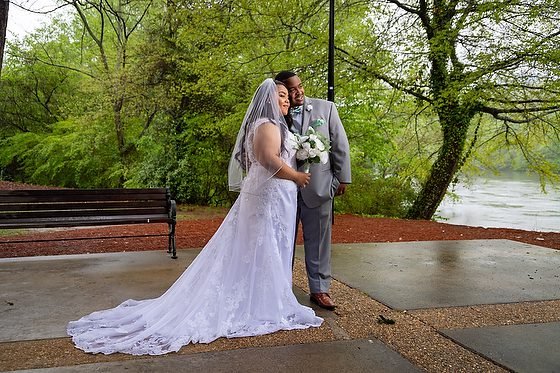
When shooting, I often evaluate the scene and realize I need a flash. Taking the time to set that up for the photo here takes time. The image is better because I slowed down long enough to capture my moment, put it on a light stand, and then set the flash to work in conjunction with the scene.
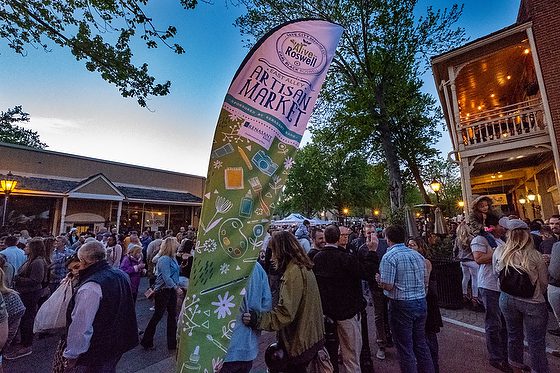
#1 Tip: Shoot More
Don Rutledge taught me a great deal. One tip was to shoot stories for yourself. Often, you can return to work on these stories in your hometown. Unfortunately, due to the schedule, you work more slowly than when traveling and must rush to get photos.
My tip that no one taught me is to ask yourself before taking photos, “Why do I want to take this photo?” What are you trying to say with the picture? I am also trying to get in touch with my feelings and not just feel what is happening, but what words describe this feeling?
Then I pause long enough to decide which Aperture captures the scene best. For example, do I need a shallow depth of field where you cannot tell where the person is, but I want you to see the expression, or do I need more context and a greater depth of field?
I am also evaluating what shutter speed will freeze the photo enough to be sharp, or do I need to add motion with a slower shutter speed?
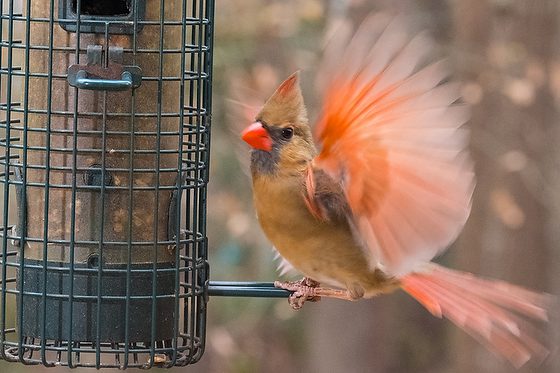
A somewhat fast shutter speed may still result in blurring, as seen with this bird.
You must know your camera and subject to know the proper shutter speed. Over the years, I have learned that faster shutter speeds improve the photo’s sharpness due to camera shake.
The most significant difference in having lots of experience is that, in most situations, it is becoming increasingly rare that I haven’t encountered something like this before.
Don taught me that I need to shoot as much as possible to grow and get the shot.

